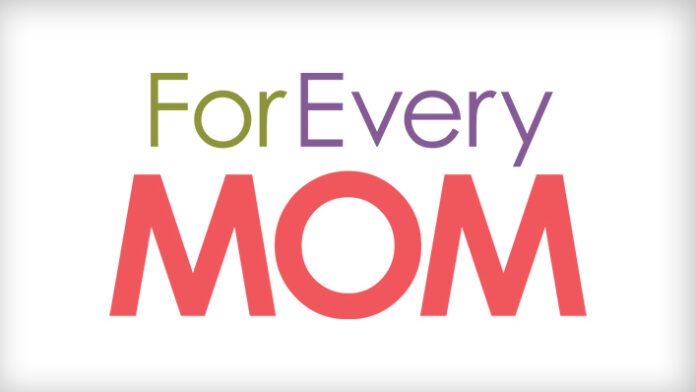In 2007, I joined a women’s group that studied The Artist’s Way by Julia Cameron. It’s a dangerous book for people who are used to hiding. Cameron calls us out and challenges us to silence the critic and find our voice. My daily journaling focused on questions and issues rather than just serving as a written record of my daily activities. I began to take time each week to play and create. Although I didn’t speak at the meetings, I was drinking in the conversation. This experience was quenching the thirstiness of my soul. After many months, I started to paint.
Over the past ten years, the way I live life has changed. I now value process and create to release what is going on inside me. It’s healthy to work through the questions, the pain and the darkness in order to come out into the light on the other side. Giving myself this space has helped me be more gracious with others, both adults and children. It has also helped me be present in their times of doubt and sadness. What a relief to know that I don’t have to have all the answers.
People who recognize, understand, label, express and regulate their own emotions are less likely to burnout. Why? They are dealing with their stuff, and when we deal with our stuff we create the capacity within ourselves to be patient, empathetic, communicative and safe for others. It’s like the announcement from the flight attendant before take-off, “If the cabin loses air pressure, be sure to put on your own oxygen mask first before helping those seated next to you.”
I think one of the biggest obstacles as parents is getting over the idea that taking care of ourselves is in some way selfish. It’s not. Giving our souls time and space to breathe helps us be better for our kids.
Whether it’s painting, journaling, joining a small group, singing, exercising, camping, seeing a counselor, dancing, hiking… I encourage you to do what you need to do. Take good care.
Tips for Teaching Kids about Self-Awareness:
Self-awareness is knowing your strengths and weaknesses; being able to know and understand how you feel.
- Ask kids, “How is your heart today?” – This may be a new concept for them. Encourage them to be still and listen to what is going on in their heads and in their hearts.
- Remind them, “It’s okay, not to be okay.” – Not every day will be sunshine and roses. It’s okay to feel sad, angry, scared, or lonely. We just don’t want to get stuck there.
- Provide opportunities for creative expression. – Journaling, drawing, coloring, and painting are simple ways for kids to make their feelings and thoughts more tangible.
- Engage in conversation. – Be willing to ask questions and do a lot of listening.
- Follow-up. – Check in after a few days to see how he/she is doing. That extra effort assures them that your connection was authentic.


